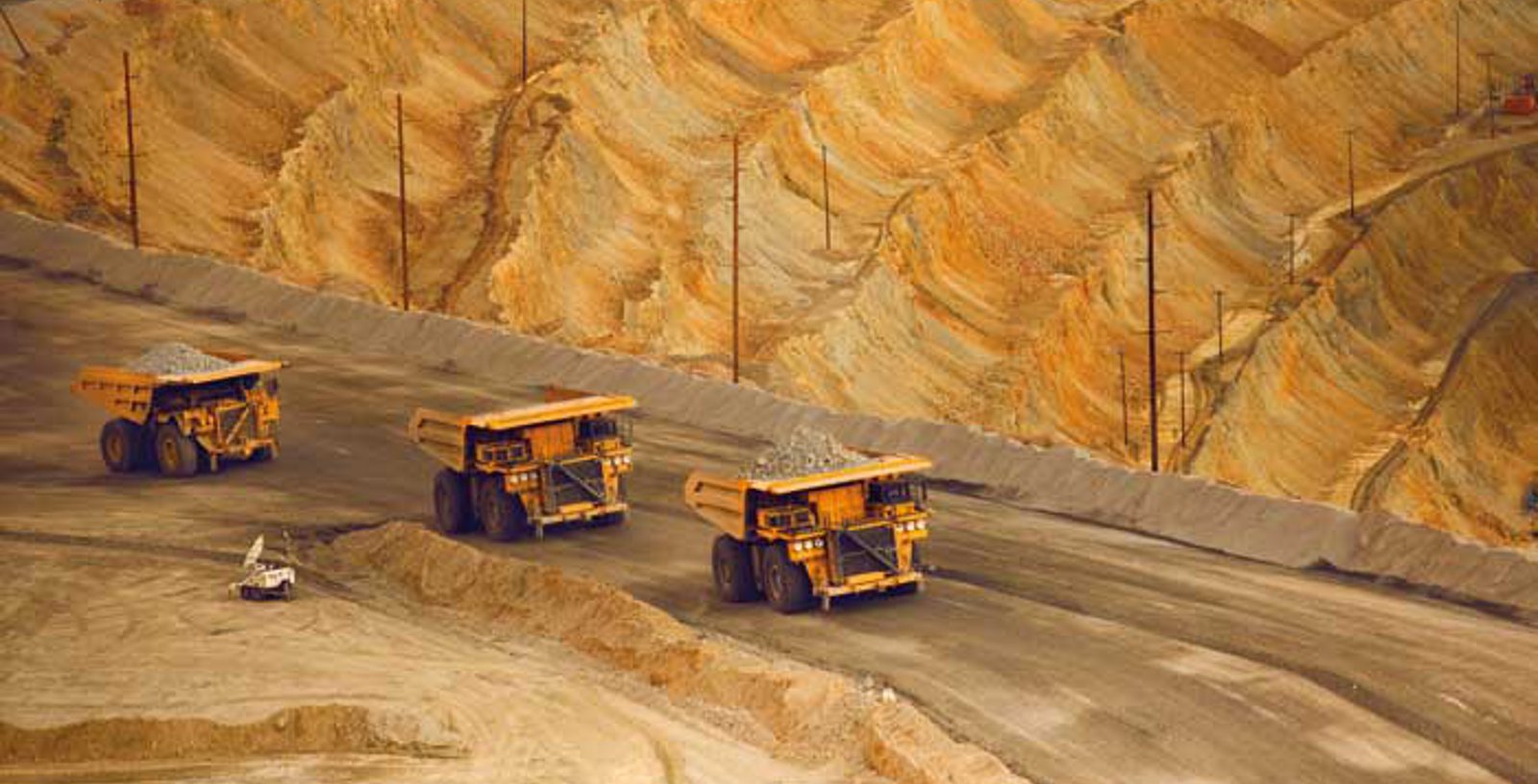Cleaner coal technologies vital to reducing CO2 emissions
 The World Coal Association (WCA) on Monday called on governments worldwide to recognize the vital role cleaner coal technologies play in reducing global CO2 emissions and increase investment in all low emission technologies.
The World Coal Association (WCA) on Monday called on governments worldwide to recognize the vital role cleaner coal technologies play in reducing global CO2 emissions and increase investment in all low emission technologies.
Speaking at a WCA workshop in London today, Glencore’s Mick Buffier, the WCA’s Chairman stated: “For many countries, the reality is that the only way they can meet their growing energy needs is through affordable, readily available coal. According to the International Energy Agency (IEA) global electricity from coal is expected to grow by around 33% to 2040. Given this growth, it is essential that there is greater investment in cleaner coal technologies to widen their deployment – this includes high efficiency, low emissions (HELE) coal technologies and carbon capture, use and storage (CCUS).”
The WCA workshop “Building Pathways for Cleaner Coal Technologies” brings together stakeholders from around the world to discuss the energy challenges we face and the role that can be played by technology in reducing global CO2 emissions.
In his keynote presentation, Mike Monea, SaskPower President of Carbon Capture and Storage Initiatives, provided an update on the Boundary Dam CCS project. Boundary Dam, launched in October 2014, is the world’s first coal-fired CCS plant and a proven technology, which reduces CO2 emissions by one million tonnes a year.
“We need a mix of sources to meet the ever-growing demand for power, and in a way that balances affordability, reliability and sustainability,” said Mr. Monea. ‟Carbon capture and storage is part of that mix. SaskPower is a pioneer in this technology, and we benefit from working with groups around the world to stay on top of new CCS developments.”
Speakers at the workshop also highlighted the role of HELE technologies, particularly as these technologies are available off-the shelf today.
Hans-Wilhelm Schiffer, Executive Chair, World Energy Resources Programme of the World Energy Council and Consultant and Advisor to the Executive Board of RWE AG, stated: “There are very real opportunities for improved efficiencies at fossil-fuelled power plants, CCUS and the implementation of flexibility requirements for conventional power plants in order to integrate the increased feed-in of fluctuating renewable energy sources. The use of coal and the increased share of renewables is not a contradiction; electricity from coal can be key to balancing intermittent renewables”.
“The WCA recognises the vital role that all low emission technologies can play and has created a global Platform for Accelerating Coal Efficiency (PACE). PACE’s vision is for the most efficient power plant technology possible to be deployed when coal plants are built. PACE’s objective is to raise the global average efficiency of coal-fired power plants and so minimise CO2 emissions, whilst maintaining legitimate economic development and poverty alleviation efforts,” said Mr. Buffier.
“As we approach COP21 at the end of this year, it is essential that any new climate agreement is technology neutral. Reducing emissions globally, while ensuring energy security and economic development, means investing in all low emission technologies, including HELE and CCUS.”
Notes• International Energy Agency 2014 World Energy Outlook forecasts show that even under its New Policy Scenario (NPS), which assumes all government promises on funding of renewables and nuclear power stations are met, global electricity from coal is expected to grow by around 33% to 2040. At the same time, renewables are projected to have grown massively by 175%, with renewables excluding hydro a staggering 517% (from a low base).
• The average efficiency of coal-fired power stations around the world today is 33%. This is well below the state-of-the-art rate of 45% and ‘off-the-shelf’ rates of around 40%. Moving the current average global efficiency rate of coal-fired power plants from 33% to 40% by deploying more advanced technology could cut CO2 emissions every year by 2 Gigatonnes, which is the equivalent of: – India’s annual CO2 emissions – Running the European Union’s Emissions Trading Scheme for 53 years at its current rate – Running the Kyoto Protocol three times over
• The IEA’s 2014 World Energy Outlook analysed the level of policy support for renewables and estimated the total annual value of renewables subsidies in 2013 at US$121 billion, increasing to US$230 billion in 2030. The 2012 World Energy Outlook estimated a cumulative subsidy for renewable technologies through to 2035 at US$3,500 billion. By comparison, between 2007 and 2012 some US$10.02 billion was spent (according to the IEA) on CCS projects, with US$7.7 billion of that amount privately financed.
• Unit 3 at Boundary Dam is capable of capturing approximately one million tonnes of CO2 per year, the equivalent to taking 250,000 vehicles off the road every year. Information on the Boundary Dam CCS project is available here: Boundary Dam CCS.
• The WCA’s concept paper on the global Platform for Accelerating Coal Efficiency can be downloaded here.
About the World Coal Association
The World Coal Association is a global industry association formed of major international coal producers and stakeholders. The WCA works to demonstrate and gain acceptance for the fundamental role coal plays in achieving a sustainable and lower emissions energy future. Membership is open to companies and not-for-profit organisations with a stake in the future of coal from anywhere in the world, with member companies represented at Chief Executive or Chairman level. WCA is the global network for the coal industry.
{{ commodity.name }}
{{ post.title }}
{{ post.date }}

Comments